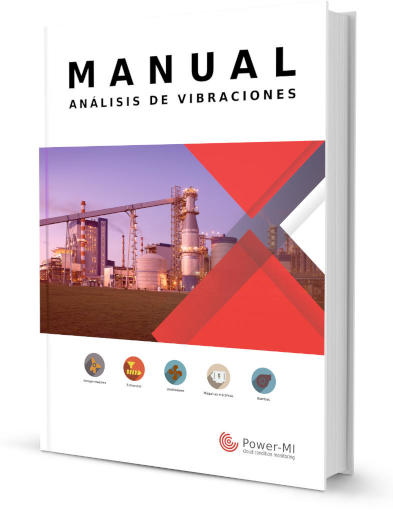The objective of the visual inspection design is to collect the information (visible failures and operating parameters) with which the condition of the assets is evaluated in line with the predictive maintenance plan.
The main design criteria for visual inspections are:
- The inspector must be informed of the occupational hazards that each inspection site has.
- The collection of parameters should be done at the inspection site and with permanently installed instrumentation or portable measuring instruments that the inspector carries with him.
- Visual inspection does not involve the interpretation of signs, images, or calculations to determine the condition of an asset.
The design of a visual inspection will be determined by the type of asset, the access around the asset, the experience and training of the inspector, and the visibility of the inspection points. Regarding visibility, this will depend on the operation of the asset during the inspection. If the asset is in operation, without operation, or under maintenance, it will have certain visible measurement points and legible parameters. That is why when designing visual inspections, the usual state of operation of the asset must be known at the time of the inspection.

 cloud_download
cloud_download